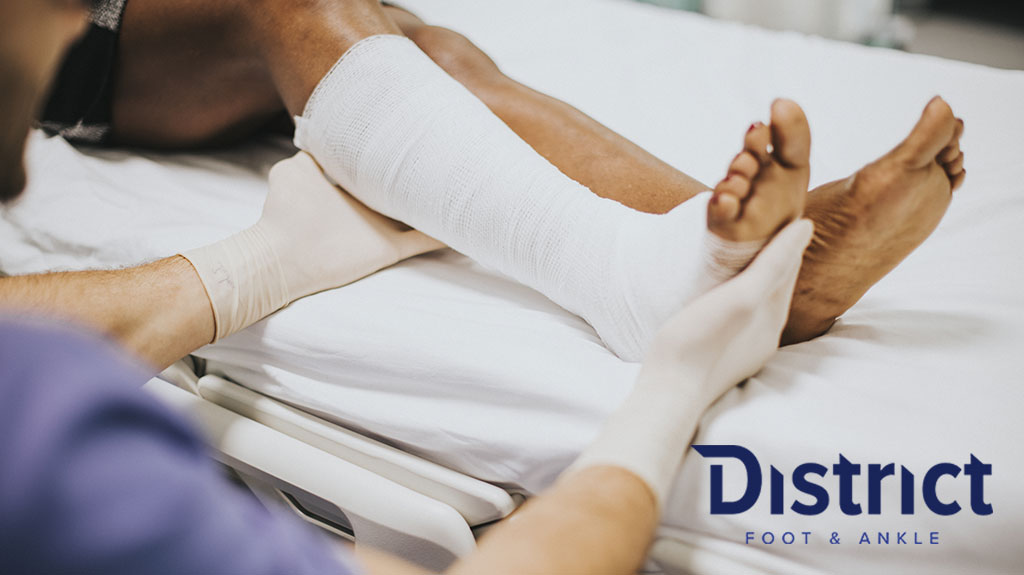Are you feeling pain and tenderness in your heel?
If you answered in the affirmative you should know that you’re a prime candidate for Achilles tendinitis.
People who are most at risk of this condition include runners, dancers, middle-aged persons that routinely play sports during the weekends and those who spend a lot of their working hours on their feet.
However, don’t be alarmed.
While Achilles tendinitis can be a serious condition, it is treatable. Adherence to the prescribed Achilles tendonitis treatment will help resolve the tendon injury within days to weeks.
In this post, we discuss five Achilles tendonitis treatment options. But first things first, what is Achilles tendonitis anyway?
Understanding Achilles Tendonitis
Let’s go back to basics. The Achilles tendon is the strongest and largest tissue in the back of the heel. It’s tough and fibrous and connects the heel bone to the calf muscle and assists you in jumping, running, and walking. While it’s incredibly strong, it can be injured through overuse and stress.

Achilles tendonitis is the medical term given to the inflammation of this tendon. This is a condition that is often accompanied by tendon pain. Left untreated it can devolve into chronic long-term suffering that makes walking and running difficult.
Now, here are five Achilles tendonitis treatment options you should know of.
Achilles Tendonitis Treatment #1 Home rest and reduced activity
Reducing your overall physical activity is one way of treating an overused tendon. This often means plenty of bed rest.
For those with regular exercise routines, it is recommended that you switch to lower-impact sports like swimming until you’re better. Doctors may also advise very gentle stretching.
For pain relief during recovery, you may also apply ice packs to the injured area. Simply hold a bag of ice for up to 20 minutes against the leg. To reduce swelling, lie on your back with a pillow under the affected leg to elevate it. The foot should be elevated to a level higher than the chest.
Achilles Tendonitis Treatment #2 Platelet-rich plasma injections (PRP)
Platelet-rich plasma injections (PRP) are a specialized regenerative treatment offered here at District Foot and Ankle that can assist in treating Achilles tendonitis.
These injections help to stimulate tissue healing where they are injected. Tissues undergo three processes when they heal, namely inflammation, proliferation, and remodeling.
PRP injections are designed to boost each of these three stages accelerating tissue repair.
Achilles Tendonitis Treatment #3 Anti-inflammatory medications
Anti-inflammatory medication to treat Achilles tendonitis should only be taken after consulting your doctor. This is particularly true if you’re on other drugs that can interfere with the pain relief meds.
What will you be prescribed? The most common Achilles tendonitis treatment prescriptions include Bufferin (aspirin) or Advil (ibuprofen).
Achilles Tendonitis Treatment #4 Compression method
Compressing the injured tendon is yet another way to help reduce swelling and pain. This can be done by wrapping athletic tape or a bandage around the injured leg. The purpose of this compression is to reduce and prevent swelling.
Note that the bandage should not be wrapped so tightly that you feel more pain in the tendon. Ensure that the fit is snug without cutting off vital blood flow to the lower leg and foot.
Achilles Tendonitis Treatment #5 Heel and tendon surgery
Surgery, as can be imagined, is often the last Achilles tendonitis treatment to be proposed. If after all the treatment options mentioned above, relief isn’t had, then surgery may be needed to heal your Achilles tendon.
Without surgical intervention, a bruised tendon may rupture – leading to a medical emergency. The location of your heel pain and the severity of the condition may necessitate invasive interference.
Wrap up
Heel pain can become debilitating without medical intervention. If you’re feeling any pain in your heel, notice swelling, have a limited range of motion or have difficulty standing on your toes contact us at District Foot and Ankle to schedule an appointment with our skilled healthcare professionals.

